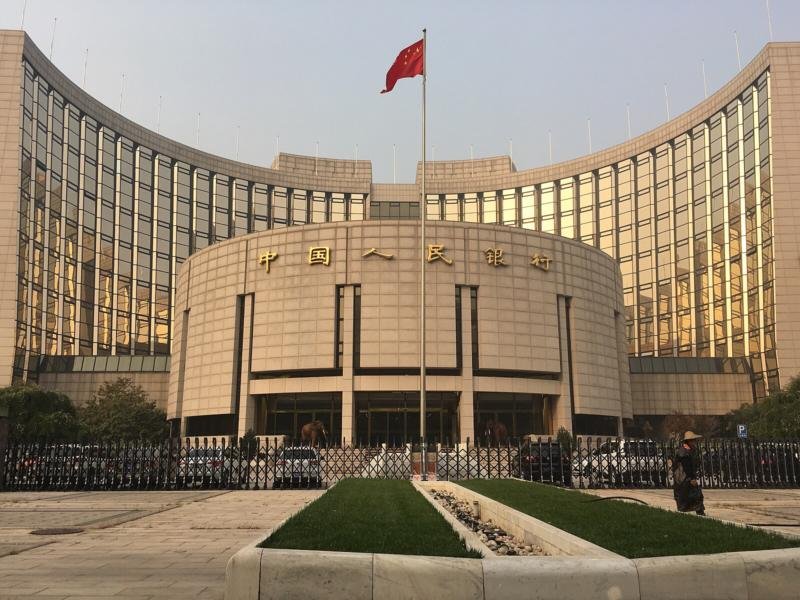
Hong Kong Photo: VCG
Chinese mainland companies’ leapfrog development in various scientific and technological fields has made many businesses in the US re-evaluate China’s innovation capability, with many of them hoping to explore the mainland and Asian markets for more opportunities through the Hong Kong Special Administrative Region (HKSAR), Paul Chan Mo-po, financial secretary of the HKSAR, said in a blog post on Sunday.
Chan made the remarks after concluding his participation in the Annual Meetings of the IMF and the World Bank Group as a member of the Chinese delegation.
Thanks to the advantage of the “One Country, Two Systems,” the HKSAR is a super connector and super value-adder between Chinese mainland and the world, Chan said.
Amid the evolving global landscape, Hong Kong must capitalize on emerging trends by seeking breakthroughs and innovations and forging new networks, so as to play a new role in strengthening cooperation and make greater contributions to global connectivity and prosperity, he said.
The collaborative innovation ecosystem of Hong Kong and the mainland demonstrates a virtuous cycle of institutional complementarity, research collaboration and industrial integration, Wang Peng, a research fellow at the Beijing Academy of Social Sciences, told the Global Times on Sunday.
By leveraging its role as a “super-connector,” Hong Kong helps enhance the mainland’s original innovation capability and global market expansion, while the mainland provides robust industrial chains, huge markets, and policy support to invigorate Hong Kong’s innovation ecosystem, Wang said, noting that Hong Kong is expected to emerge as a pivotal node in the global innovation network while serving as an important engine for China’s high-quality economic development.
The country’s phenomenal innovations have caught global attention this year, from Unitree Robotics’ humanoid robots’ performance becoming a hot topic at the Spring Festival Gala and DeepSeek’s artificial intelligence (AI) large-language model capturing global attention to BYD’s new battery and charging system that allows an electric vehicle to gain 400 kilometers of range in just five minutes,
The phenomenon underscores the prodigious dynamism in China’s tech field. China has risen to the 10th position in the global innovation ranking for 2025, up one spot from the previous year, marking its first entry into the top 10, the World Intellectual Property Organization said on September 16.
China’s emphasis on innovation-led growth means international firms and universities can engage in more sophisticated collaboration – joint research in green technology, AI development, and industrial upgrading, John Quelch, the executive vice chancellor, American president and distinguished professor of social science at Duke Kunshan University, told the Global Times in a recent interview.
“Foreign companies also continue to benefit from China’s vast and fast-evolving market. As Chinese industries move up the value chain, they create new demand for specialized technologies, components, and services that overseas partners can supply. For example, China’s rapidly developing pharmaceutical industry generates opportunities for collaboration and trade in the pharmaceutical and life sciences sectors,” he said.








